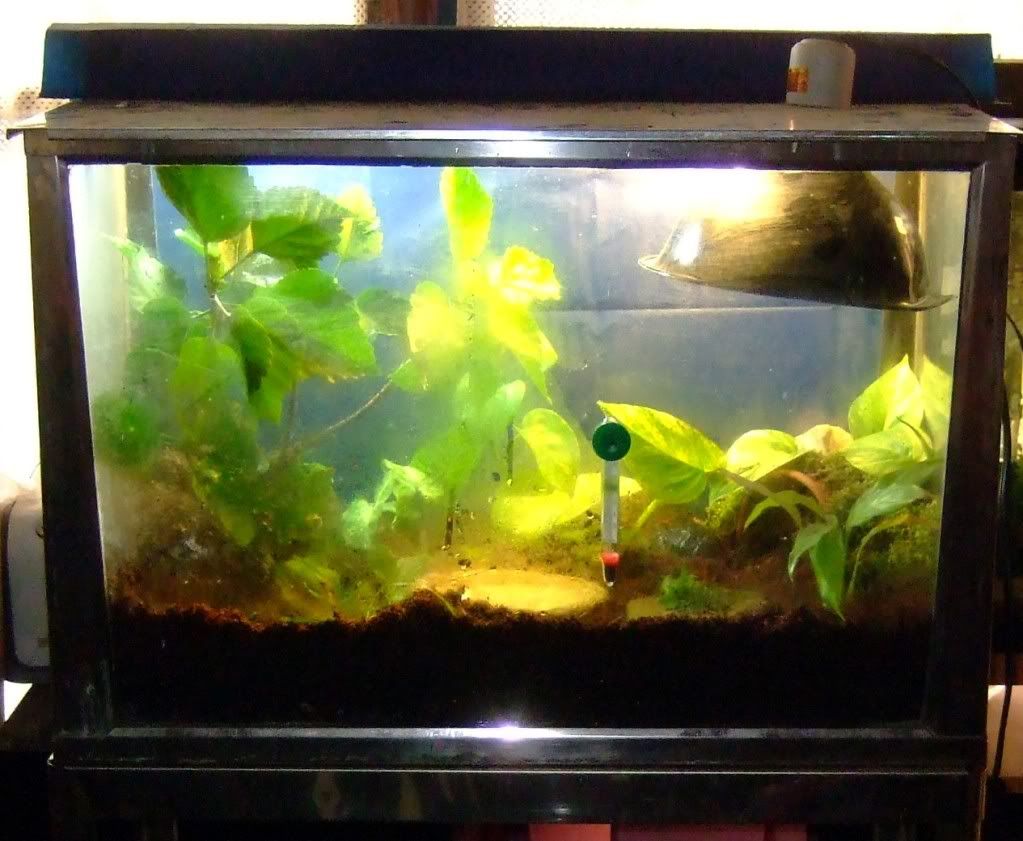- Joined
- Oct 18, 2011
- Messages
- 958
I looked in my sullies enclosure this morning when I got up to check on them and its ALREADY growing MOLD! White fuzzy stuff in certain areas , I cleaned it the best I could. I'll do a full change out later of the substrate
What I don't understand is WHY
I keep it clean..there is some grass seed mix growing in the substrate.. I thought that was suppose to help keep the substrate from molding..
I need help stopping it from molding and turning sour, I have no idea how.
The Greeks enclosure below the sullies is not molding yet and doesn't smell sour and its got grass growing in it too.
Is it the substrate I am using ?
Peat moss and cypress mulch is what I am using
What if I switched to coco coir , some Repti bark, and a little bit of organic compost
Should I add in some dirt that I just dig up from outside ? Is that safe?
I will do anything to keep the substrate from molding , I would like to be able to plants lots of plants in the substrate like these photos

I don't understand why their substrate doesn't mold
What I don't understand is WHY
I keep it clean..there is some grass seed mix growing in the substrate.. I thought that was suppose to help keep the substrate from molding..
I need help stopping it from molding and turning sour, I have no idea how.
The Greeks enclosure below the sullies is not molding yet and doesn't smell sour and its got grass growing in it too.
Is it the substrate I am using ?
Peat moss and cypress mulch is what I am using
What if I switched to coco coir , some Repti bark, and a little bit of organic compost
Should I add in some dirt that I just dig up from outside ? Is that safe?
I will do anything to keep the substrate from molding , I would like to be able to plants lots of plants in the substrate like these photos

I don't understand why their substrate doesn't mold